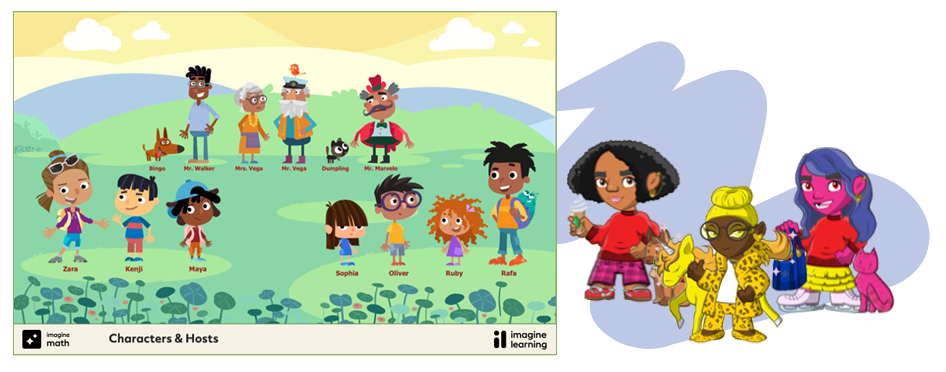
March 15, 2022 8:00 am
When the goal is to encourage more girls to pursue an interest in science, technology, math, and engineering, words and representation matter.
If asked to name a famous female scientist, who comes to mind? For many of us, it is likely Marie Curie, who is the most well-known for a reason. She developed the theory of radioactivity and was the first female scientist to win a Nobel Prize, among other achievements.
Thanks in part to the critically acclaimed movie, Hidden Figures, you also may have thought of Katherine Johnson, the Black mathematician whose work helped the first manned spaceflight land on the moon.
Both Curie and Johnson paved the way for future women in STEM fields.
While we should absolutely celebrate these remarkable women, we also need to reflect not just on why most of us are able to name only one or two, but also on the impact of the lack of female scientist household names.
On a basic level, we can assume there are fewer women in STEM careers because, as a group, they do not see themselves represented in those fields. This becomes a feedback loop — girls grow up not seeing women in STEM, they don’t pursue STEM careers, and the cycle continues.

Catherine Cahn, founder of Twig Science and President of Core Curriculum at Imagine Learning, recently remarked on the power of language to both empower and exclude women and gender-diverse individuals. If a company is looking to hire a new CFO and they say in a meeting, “Where are we going to find him?”, that one tiny pronoun tells everyone exactly who they picture (and don’t picture) in the position.
It is like when you mention your new (female) doctor by title and are asked, “did you like him?”
These words contribute to the “persistent, subconscious images of male mathematicians and scientists that start at the earliest ages, [which] may be one explanation why girls enter STEM fields… at dramatically lower rates than boys.”
Teachers are in a unique position to disrupt this subconscious bias by being deliberate about language choices in the classroom. In order to make sure girls feel welcome in the sciences, we should also reflect upon how we represent scientists and mathematicians.
Here are three ways we can better represent girls and women in STEM:
Share biographical information about women in the sciences in your classroom, on social media, and with the kids in your life. Tell them about Curie and Johnson, of course! But also tell them about Jane C. Wright, who contributed to chemotherapy developments; Tu YouYou, who saved millions of lives with her malaria treatment; Françoise Barré-Sinoussi, who discovered HIV; Lydia Villa-Komaroff, who helped find a key molecule in Alzheimer’s diagnosis and treatment; Mae C. Jemison, the first Black American woman to travel to space; and many more.
They may not be as well-known as Marie Curie and Katherine Johnson, but the women in your community working in STEM fields are just as extraordinary – and possibly even more inspiring. We know that “girls who see women working in STEM careers are more likely to consider a career in science, technology, engineering or math.” Whether you have a friend working as a computer scientist, a cousin studying biology, or you make a connection at a local Society of Women Engineers event, being able to talk to a “real” woman in a STEM field could influence a young girl’s future choices.
If we want girls to picture themselves in STEM careers, we should start with the curriculum. That’s why Imagine Math PreK–2’s cast of characters is designed so that every student can see themselves reflected in the program. These characters narrate and demonstrate concepts to students in an engaging virtual environment created to look like the diverse world in which we live.

Ruby likes to play dress-up and wants to be an engineer when she grows up. As the main character in the Imagine Learning cast, she was intentionally designed to change the narrative about who excels in STEM careers.
Older Imagine Math students can design and customize their own avatars, so they can quite literally see themselves in their math program.
The more we normalize the image of females in STEM careers, the more young girls will picture themselves following in their footsteps. And just think, in a few years, we can add this generation’s names to a much longer list of famous female scientist household names.
Ally Jones is a California credentialed educator who specialized in teaching English language learners at the secondary level. Outside of education, she is passionate about fitness, literature, and taking care of the planet for her son’s generation.